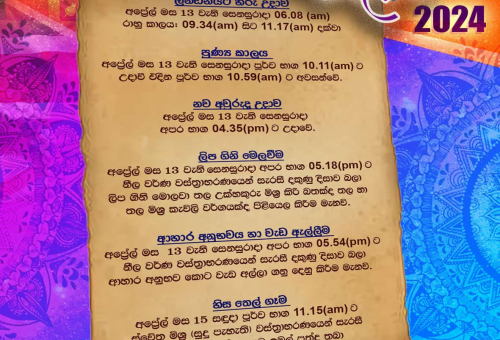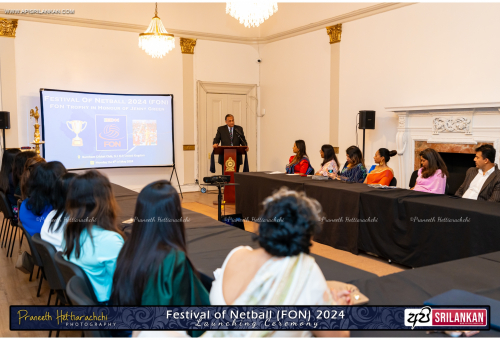Under the "Dhammassawana Monthly Sinhala Dhamma Sermon" programme the inaugural sermon for 2017 was held on Saturday the 21st. At the invitation of the Dayakas and the sponsors, this mont's sermon was delivered by Head of the Vihara, Chief Sangha Nayaka of Great Britain Most Ven. Bogoda Seelawimala Nayaka Thera. The sermon was based on one of Buddhaa's important Suthras * Sabbhasava Suththa" the discourse on all the influxes.
January Dhammassawana Programme was sponsored by Sujatha Palihakkaara, Kunthala Amarasinh, Anoma Amarasinha, their families and friends.
Many regular devotees attended the sermon.
Udena De Silva on behalf of the organisers invited the Nayaka Thera to deliver the sermon.
Ven.Seelawimala Nayaka Thera thanked all the sponsors and every one who attended the programme. He said that every one can benefit from listening to sermons and discussions on Dhamma. Associating with honest, good and learned friends or " Kalyana Mithras" will be immensely beneficial to gain valuable knowledge helpful to avoid troubles originating from mental and other inner causes such as weakness of will, vagrant and misleading emotions, and imperfect mentation, which lead to physical ailments.
Explaining in detail the Sabbasava Suththa, discourse on all Asavas from the Majjima Nikaya ( 95) , Ven.Seelawimala Nayaka Thera said that " In the Sabbasava Sutta the Buddha teaches the ending of mental fermentations through appropriate, or refined mindfulness. Another word often used in the Pali Canon for fermentations is defilements. These are also know as "fetters" and are sometimes listed simply as greed, aversion and deluded (conditioned) thinking which include all defiling mental qualities.
"Asavas" defilements that befuddle the mind. They are like long fermented intoxicating liquor. They convey the idea of something flowing out that loses control of their faculties or befuddles the mind. Asavas are usually classified into four categories, (I) Kamasava or gross attachment to and craving for the five sense-objects, (II) Bhavasava or craving for better existence, such as the Rupa and Arupa planes of existence in the belief that they are permanent, stable and constant; this craving occurs together with Sassata Diṭṭhi (belief in eternalism or philosophical approach to the ontological nature), (III) Avijjava nor the defilement of lack of comprehension of the Four Ariya Truths through Magga Insight, (IV) Ditthasava or the defilement that is false belief.
Photographs by Tissa Madawela







COMMENT